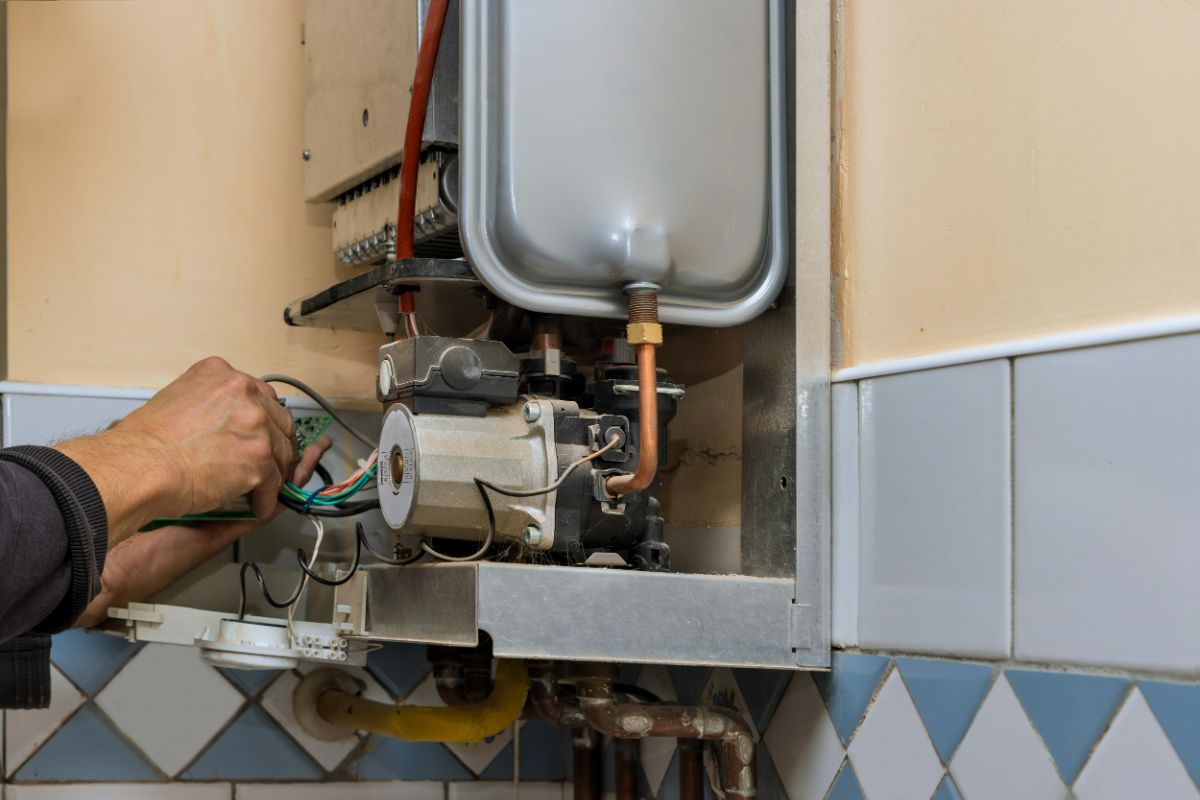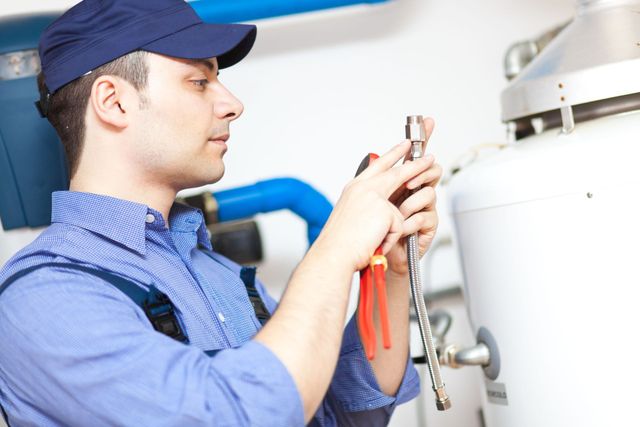Essential Advice on Caring for Your Home's Hot Water SystemTips on How to Keep Your Home's Hot Water System in Good Condition
Call TodayEverybody has their own individual way of thinking in relation to How to Maintain Your Water Heater & Prolong its Life.

Warm water is crucial for day-to-day convenience, whether it's for a rejuvenating shower or cleaning meals. To ensure your hot water system runs efficiently and lasts longer, regular maintenance is essential. This article offers useful suggestions and understandings on exactly how to preserve your home's warm water system to stay clear of disturbances and pricey repairs.
Introduction
Maintaining your home's hot water system might seem challenging, but with a few easy steps, you can ensure it operates smoothly for years to come. This overview covers every little thing from recognizing your warm water system to do it yourself maintenance suggestions and understanding when to contact expert assistance.
Significance of Maintaining Your Hot Water System
Normal upkeep not just prolongs the life expectancy of your hot water system but also ensures it runs effectively. Overlooking maintenance can lead to decreased performance, greater power expenses, and even early failing of the system.
Indications Your Hot Water System Needs Maintenance
Recognizing when your warm water system needs attention can prevent significant issues. Keep an eye out for indications such as inconsistent water temperature level, unusual sounds from the heating unit, or rusty water.
Purging the Water Heater
Purging your water heater gets rid of sediment build-up, enhancing performance and extending its life.
Monitoring and Replacing Anode Rods
Anode rods stop corrosion inside the storage tank. Inspecting and changing them when worn is critical.
Complicated Concerns Needing Specialist Assistance
Instances include significant leaks, electric problems, or if your water heater is continually underperforming.
Routine Specialist Maintenance Perks
Professional maintenance can consist of comprehensive examinations, tune-ups, and ensuring conformity with safety and security requirements.
Evaluating and Adjusting Temperature Level Setups
Adjusting the temperature level setups ensures ideal efficiency and safety.
DIY Tips for Upkeep
You can perform a number of upkeep jobs yourself to keep your warm water system in leading condition.
Looking for Leakages
Regularly examine pipelines and links for leaks, as these can result in water damages and greater bills.
Understanding Your Hot Water System
Before diving right into upkeep jobs, it's useful to comprehend the standard parts of your hot water system. Generally, this consists of the water heater itself, pipelines, anode poles, and temperature level controls.
Monthly Maintenance Tasks
Routine regular monthly checks can aid capture small issues before they escalate.
Evaluating Stress Alleviation Valves
Examining the stress safety valve ensures it functions correctly and avoids extreme stress accumulation.
Shielding Pipelines
Shielding warm water pipelines reduces heat loss and can save energy.
When to Call a Professional
While DIY maintenance is useful, some problems need expert competence.
Final thought
Normal maintenance of your home's hot water system is vital for effectiveness, longevity, and cost savings. By following these tips and understanding when to seek specialist aid, you can make certain a trusted supply of warm water without unanticipated disturbances.
How to Maintain an Instant Hot Water Heater
Before tinkering with your hot water heater, make sure that it’s not powered on. You also have to turn off the main circuit breaker and shut off the main gas line to prevent accidents. Also turn off the water valves connected to your unit to prevent water from flowing into and out of the appliance. 2. When you’re done, you have to detach the purge valves’ caps. These look like the letter “T” and are situated on either side of the water valves. Doing so will release any pressure that has accumulated inside the valves while at the same time avoid hot water from shooting out and burning your skin. 3. When the purge valves’ caps are removed, you have to connect your hosing lines to the valves. Your unit should have come with three hoses but if it didn’t, you can purchase these things from any hardware or home repair shops. You can also get them from retail stores that sell water heating systems. Read the user’s manual and follow it to complete this task properly. When the hosing lines are connected, open the purge port’s valves. 4. You should never use harsh chemical cleaners or solutions when cleaning your unit. Make use of white vinegar instead. It should be undiluted and you’ll probably use about 2 gallons. 5. Now flush your water heater. This task should probably take about 40 minutes. We can’t give you specific directions for this because the procedure is carried out depending on the type, model and brand of your heater. With that being said, refer to the user’s manual. 6. When you’re done draining the unit, you have to turn off the purge port valves again. Remove the hosing lines that you earlier installed on each of the water valves. Put the valve caps (purge port) back in their respective places and be very careful so as not to damage the rubber discs that are found inside these caps. 7. Now that everything’s back in place, check your user’s manual again to find out how to reactivate your water heating system. 8. Once it is working, turn one of your hot water faucets on just to let air pass through the heater’s water supply pipes. Leave the tap on until water flows smoothly out of it. https://www.orrplumbing.com/blog/2014/september/how-to-maintain-an-instant-hot-water-heater/

I hope you enjoyed reading our part about What Kind of Maintenance Do Water Heaters Need?. Thanks so much for taking a few minutes to browse our blog post. For those who enjoyed our article kindly remember to share it. Thanks a lot for your time invested reading it.
Booking